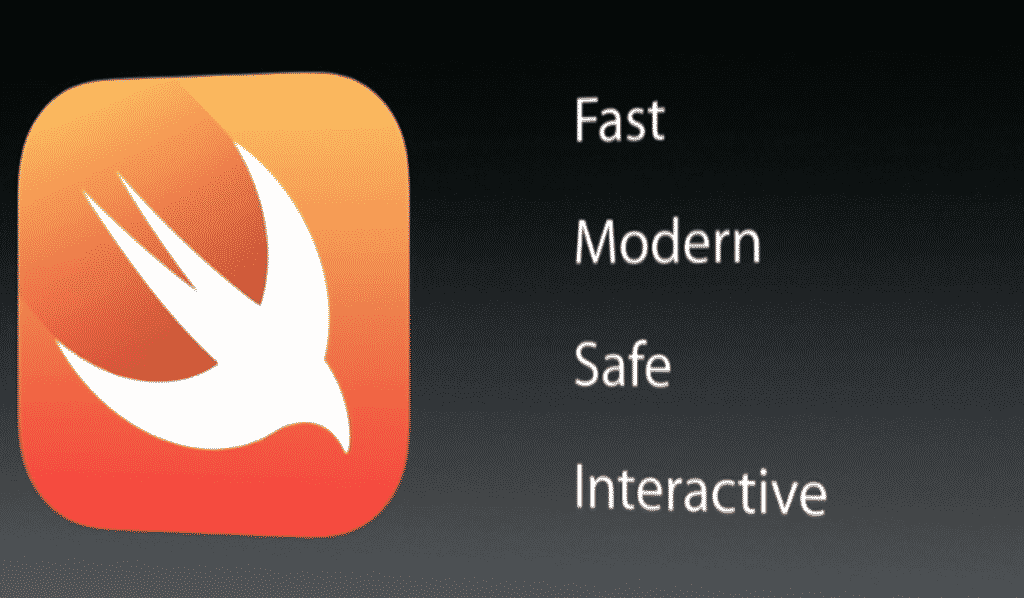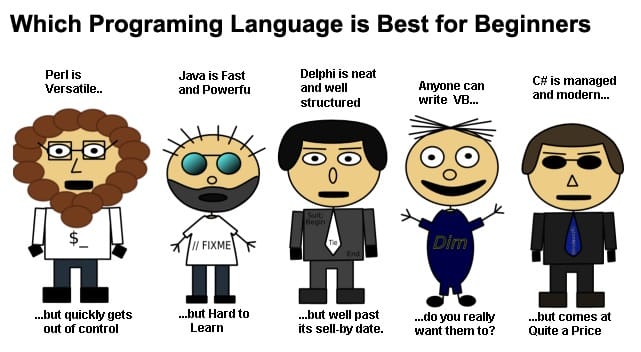Q1: WAP to demonstrate how ambiguity is avoided in single inheritance using scope resolution operator.
Ans:
#include<iostream.h>
Class A
{
public:
void display()
{
cout<<”An”;
}
};
class B:public A
{
void display()
{
cout<<”Bn”;
}
};
int main()
{
B b; //derived class object
b.display(); // invokes display() in B
b.A::display(); // invokes display() in A
b.B::display(); // invokes display() in B
return 0;
}
Output:
B
A
B
Q2: WAP to demonstrate how the private data members cannot be accessed by the public member functions of the derived class even though the derived class has been inherited publicly.
Ans:
#include<iostream.h>
Class B
{
int a; // private; not inheritable
public:
int b; // public; ready for inheritance
void get_ab();
int get_a(void);
void show_a(void);
};
class D: public B // public derivation
{
int c;
public:
void mul(void);
void display(void);
};
void B:: get_ab(void)
{
a=5; b=10;
}
int B:: get_a()
{
return a;
}
void B:: show_a()
{
cout<<”a=”<<a<<”n”;
}
void D:: mul()
{
c=b*get_a();
}
void D:: display()
{
cout<<”a=”<<get_a()<<”n”;
cout<<”b=”<<b<<”n”;
cout<<”c=”<<c<<”n”;
}
int main()
{
D d;
d.get_ab();
d.mul();
d.show_a();
d.display();
d.b=20;
d.mul();
d.display();
return 0;
}
Q3: What do you mean by inheritance in the OOP paradigm? How is direct and indirect base class declared in CPP?
Ans: The mechanism of deriving a new class from an old one is called inheritance. The old class is called as base class and the new class is called as derived class. Direct and indirect base class can be declared in the following way.
Class M //direct base class
{
protected:
int m;
public:
void get_m(int);
};
class N // indirect base class derived from the above said base class
{
protected:
int n;
public:
void get_n(int);
};
class B: public M, public N
{
public:
void display(void);
};
void M:: get_m(int x)
{
m=x;
}
void N:: get_n(int y)
{
n=y;
}
void B:: display(void)
{
cout<<”m=”<<m<<”n”;
cout<<”n=”<<n<<”n”;
cout<<”m*n”<<m*n<<”n”;
}
int main()
{
B p;
p.get_m(10);
p.get_n(20);
p.display();
return 0;
}
Output:
m=10
n=20
m*n=200
Q4: Explain the relationship among the following terms
a) Super class
b) Sub class
c) Base class
d) Derived class
Ans: The derived class is also called sub class and the base class is also called super class.
Super class(grand parent class)àbase class (parent class)àderived class or sub class (child class)
e.g.
class A{……}; // super class
class B: public A {……}; // base class derived from the super class
class C: public B {……}; // derived class or sub class
Q5: Develop an OOP in CPP to read the following information from the keyboard in which the base class consists of
a) employee name
b) employee code
c) designation
d) years of experience
e) age
Ans:
#include<iostream.h>
#include<conio.h>
class employee
{
private:
char name[50];
char designation[50];
int age,code;
int yrs;
public:
void getdata()
{
cout<<"enter name of employee"<<endl;
cin>>name;
cout<<"enter designation"<<endl;
cin>>designation;
cout<<"enter age"<<endl;
cin>>age;
cout<<"enter code"<<endl;
cin>>code;
cout<<"enter years of experience"<<endl;
cin>>yrs;
}
void display()
{
cout<<"name: "<<name<<endl;
cout<<"designation: "<<designation<<endl;
cout<<"age: "<<age<<endl;
cout<<"code: "<<code<<endl;
cout<<"years of experience: "<<yrs<<endl;
}
};
class B:public employee
{
};
void main()
{
clrscr();
B b;
b.getdata();
b.display();
getch();
}
Output:
Enter name of employee
Rajiv
Enter designation
Manager
Enter age
22
Enter code
123
Enter years of experience
12
Name: Rajiv
Designation: Manager
Age: 22
Code: 123
Years of experience: 12
Q6: Create a following class network
PERSON (NAME, CODE)àACCONT(PAY)
PERSON (NAME, CODE)àADMIN(EXPERIENCE)
ACCOUNT (PAY), ADMIN (EXPERIENCE)àPERSON(NAME,CODE,EXPERIENCE,PAY)
Q7: Debug the following and state reason.
a)
#include<iostream.h>
class A
{
public:
A()
{
cout<<"A";
}
};
class B:public A
{
public:
B()
{
cout<<"B";
}
};
class C:public B
{
public:
C()
{
cout<<"C";
}
};
class D
{
public:
D()
{
cout<<"D";
}
};
class E:public C,public D
{
public:
E()
{
cout<<"D";
}
};
class F:B,virtual E
{
public:
F()
{
cout<<"F";
}
};
void main()
{
F f;
getch();
}
Ans:
class X
{
private:
int x1;
b)
#include<iostream.h>
protected:
int x2;
public:
int x3;
};
class Y:public X
{
public:
void f()
{
int y1,y2,y3;
y1=x1;
y2=x2;
y3=x3;
}
};
class Z:X
{
public:
void f()
{
int z1,z2,z3;
z1=x1;
z2=x2;
z3=x3;
}
};
void main()
{
int m,n,p;
Y y;
m=y.x1;
n=y.x2;
p=y.x3;
Z z;
m=z.x1;
n=z.x2;
p=z.x3;
getch();
}


